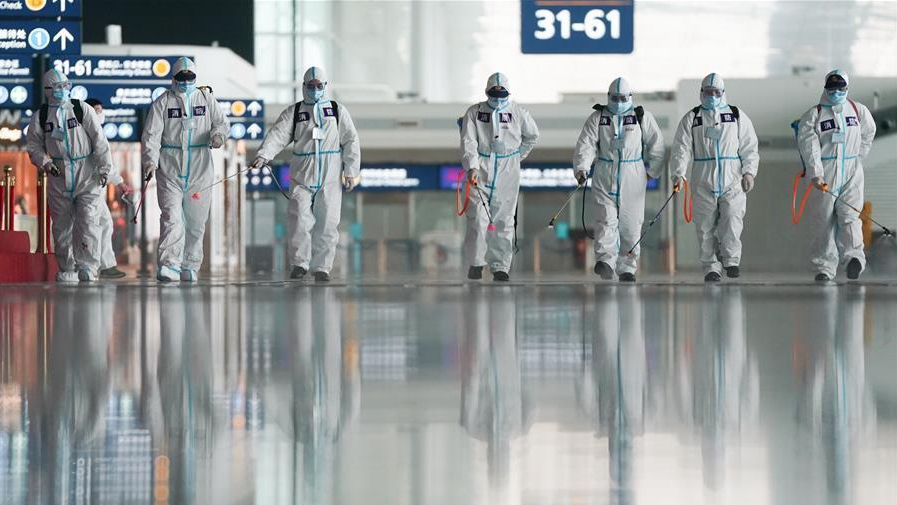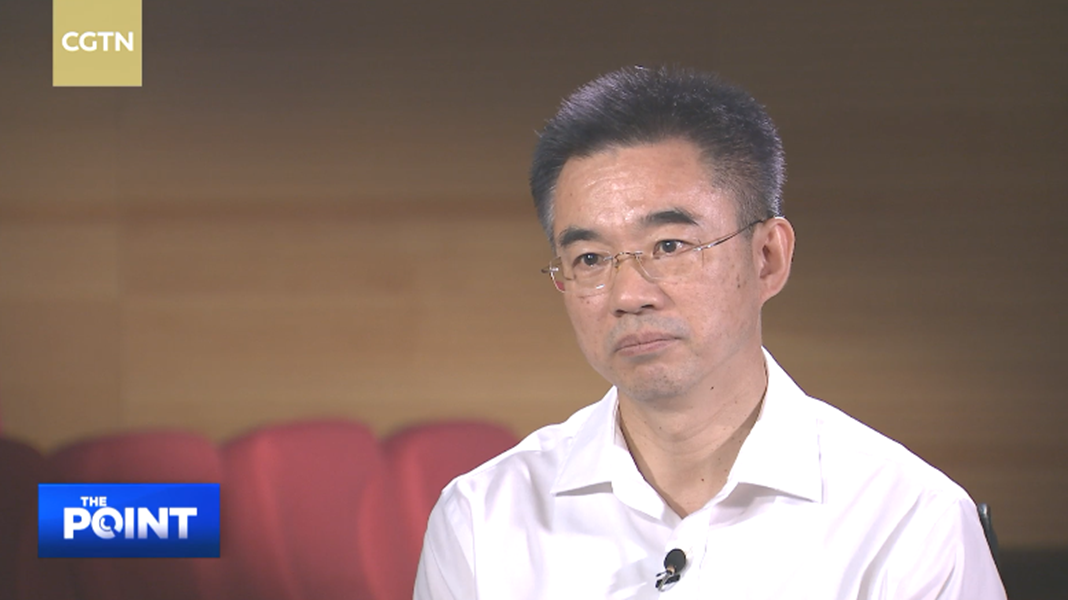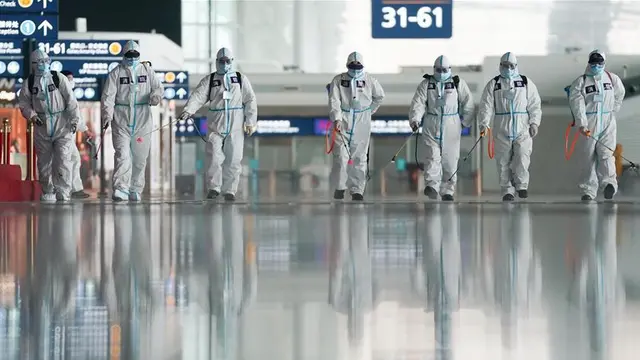02:12

China released a white paper titled "Fighting COVID-19: China in Action" on Sunday, explaining China's efforts and experience in the battle against the disease. According to the white paper, "China has succeeded in turning the situation around. In little more than a single month, the rising spread of the virus was contained; in around two months, the daily increase in domestic coronavirus cases had fallen to single digits; and in approximately three months, a decisive victory was secured in the battle to defend Hubei Province and its capital city of Wuhan."
But there was also criticism over China's response. For example, some say it took China too long, which was over 20 days, to determine the human-to-human transmission mode of the virus. Dr. Wu Zunyou, Chief Epidemiologist of the Chinese Center for Disease Control and Prevention (CDC) responded that it was very complicated to determine the transmission mode, because scientists had to go to the hospital to collect data, and they also needed to recreate the transmission chain, to figure out how people get infected, and how the virus was transmitted. All the work took time.
Dr. Wu said the first direct evidence for human-to-human transmission was found when a Guangdong family got infected with COVID-19, but one of the family members did not go to Wuhan.
02:24

Meanwhile, according to media reports, one anonymous member of the expert team said, after the second team arrived in Wuhan, they simply couldn't have access to all the information. For instance, there was no official report on where the disease came from, how it was discovered, what kind of investigation was done, what was the results of the investigation, and how many cases were there.
Dr. Wu said the investigation team did have access to that data. The real problem back then was that the data was not good enough to decide on human-to-human transmission in the very early stage. "And also, this unknown pneumonia had not been listed in the notifiable disease yet. So our understanding in the early stage was very limited," he added.
On January 7, China succeeded in isolating the first novel coronavirus strain, based on which the expert team was then able to identify the coronavirus as the pathogen for the pneumonia. Dr. Wu said scientists and medical staff from different teams and institutes including the CDC worked day and night for a week to make that happen. This was a record in human history of identifying the pathogen of a disease. For AIDS, the isolation of the virus took three years, and for SARS it took two months.
"After the SARS outbreak, China has strengthened capacity for response to emergent infected diseases. So technological development also contributed significantly," he said.
The Point with Liu Xin is one of the main current affairs programs on CGTN. The 30-minute program comments on global news through Liu Xin's very own unique perspective. With two decades of experience as a news anchor and overseas correspondent, Liu Xin has an engaging and personal style. The Point with Liu Xin connects world audiences through social media, enhancing their participation as well as offering a comprehensive perspective on world events.
Schedule: Monday-Friday
Time (GMT): 1330, 2130, 0230
(If you want to contribute and have specific expertise, please contact us at [email protected].)
 简体中文
简体中文





